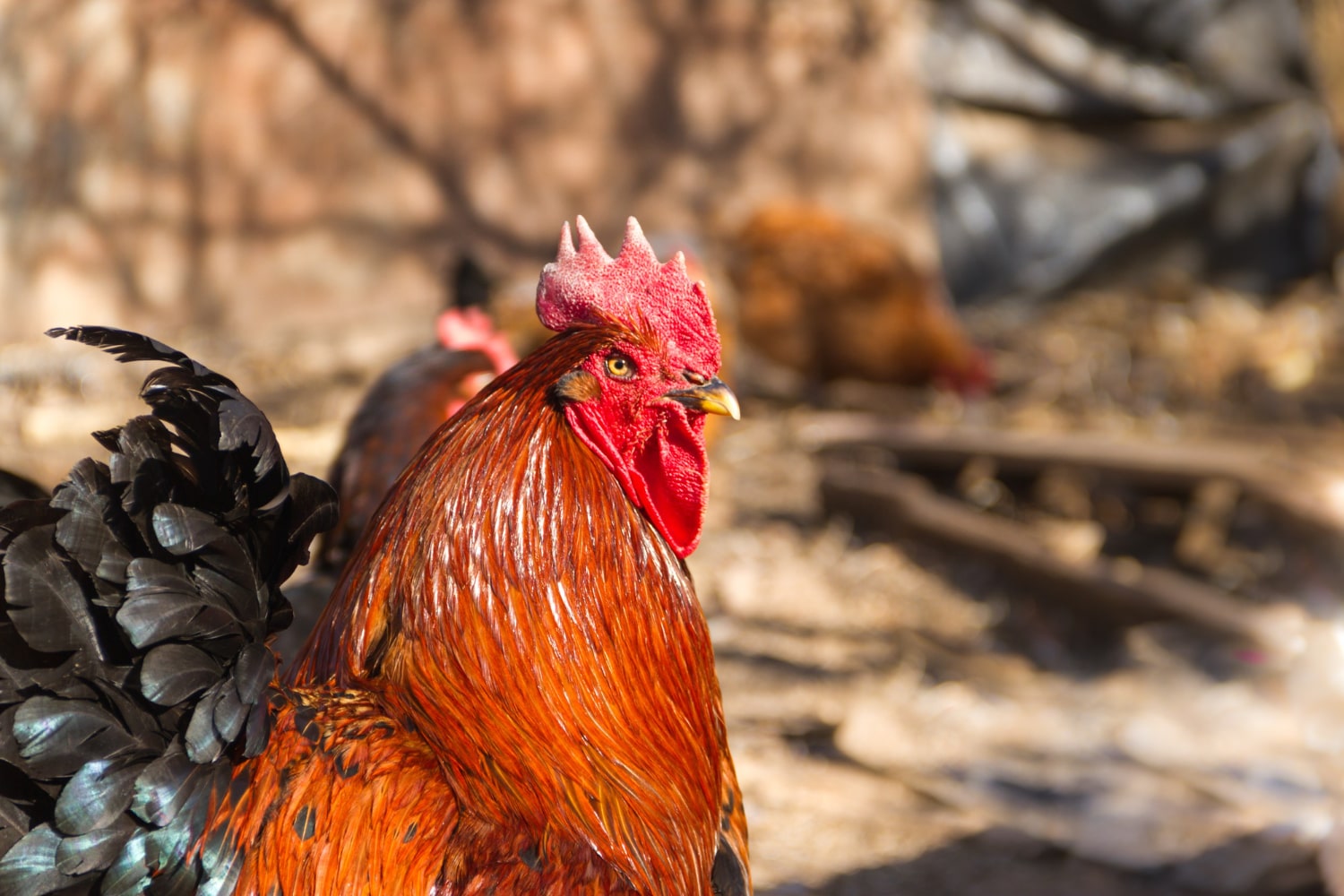Roosters have long been seen as symbols of sunrise, light and new beginnings. Their loud crowing at dawn is familiar to everyone, and their colorful plumage immediately attracts attention. However, behind their familiar appearance lies a fascinating set of behaviors, biological traits and cultural meanings. In various parts of the world, roosters play an important role in folklore, tradition and even scientific observation. Here are some surprising and educational facts about roosters that you might not know.
- A rooster can start crowing while still young, but its signature call develops fully around the time of sexual maturity. This usually happens at four to five months of age. As it grows older, the rooster’s voice becomes stronger and more distinct.
- A rooster’s crow can reach over 130 decibels in volume. This is as loud as a chainsaw. To protect its hearing, the rooster has a natural mechanism that temporarily blocks its ear canals during crowing.
- Roosters crow not only at dawn but at any time of day. They react to changes in light, movement or sounds in their surroundings. Although most active in the early morning, they may also crow at night under bright moonlight or artificial lighting.
- Roosters are highly territorial and defend their space from other males. They will often engage in fights to protect their territory or a group of hens. These confrontations help establish the hierarchy within the flock.
- In many cultures, the rooster symbolizes courage, vigilance, victory and the sun. In the Chinese zodiac, it is one of the twelve sacred animals. In Christianity, the rooster is often associated with repentance and spiritual awakening.
- The rooster’s colorful feathers reflect light thanks to their special structure. Shades of red, gold, green and blue are commonly seen. Males have much more vivid plumage than hens, which helps attract female attention.
- Domestic roosters are descended from wild red junglefowl native to Southeast Asia. Their domestication began over 8000 years ago. Since then, thousands of breeds have been developed, each with its own appearance and personality.
- Roosters act as leaders within their flocks. They guide the movement of hens, alert them to danger and sometimes even show them where to find food. Their communication includes vocal sounds as well as gestures and body movements.
- Courtship among birds often includes ritual dances, and roosters are no exception. They spread their wings, circle around hens and produce special calls. These behaviors help strengthen social bonds within the group.
- In many countries, rooster competitions are held based on beauty, crowing or temperament. These contests are especially popular in rural areas and often accompany local festivals. They reflect cultural traditions passed down through generations.
- The rooster’s comb plays a role in regulating body temperature. Blood circulates through the comb, which helps dissipate heat during warm weather. In some breeds, the comb is especially large and also serves as an ornamental feature.
- Roosters have extremely sharp vision and can see in the ultraviolet range. This allows them to better detect changes in their surroundings and see things invisible to the human eye. They can also detect very rapid movement.
- Roosters have spurs on their legs, which they use for defense and fighting with rival males. In the wild, these spurs are important for survival. In domestic settings, they are sometimes removed to prevent injury to other birds.
- Roosters are emotional animals capable of showing fear, aggression, curiosity and affection. They can recognize the faces of people who feed or disturb them. This suggests a strong level of social memory.
- There are many decorative breeds of roosters raised for beauty rather than for eggs or meat. For example, the Japanese Onagadori rooster can grow a tail several meters long. These birds require special care and handling.
- Roosters often appear in folklore, fairy tales and proverbs. They represent alertness, determination and justice. Their image can be found in literature, music, heraldry and folk art.
- Despite common belief, roosters can fly short distances. They can fly up to fences, trees or rooftops. This ability helps them escape danger when needed.
- Roosters do not have teeth, but their muscular gizzard grinds food with the help of small stones they swallow. This natural adaptation allows them to digest food effectively despite having beaks instead of teeth.
- Roosters are capable of recognizing over 30 distinct sounds. Each has a specific meaning, such as a warning, an invitation or a threat. This complex system of communication is essential for flock coordination.
- In some countries, the rooster is considered a national symbol. In Portugal, the rooster of Barcelos represents luck, honor and justice. Small figurines of this rooster are often given as souvenirs and symbols of good fortune.
The rooster is far more than a noisy, colorful farm animal. It is a guardian of tradition, a social leader and a fascinating example of natural evolution. These interesting facts show just how complex and remarkable this seemingly ordinary bird can be. Perhaps next time you see a rooster, you will appreciate it with renewed interest and respect.





